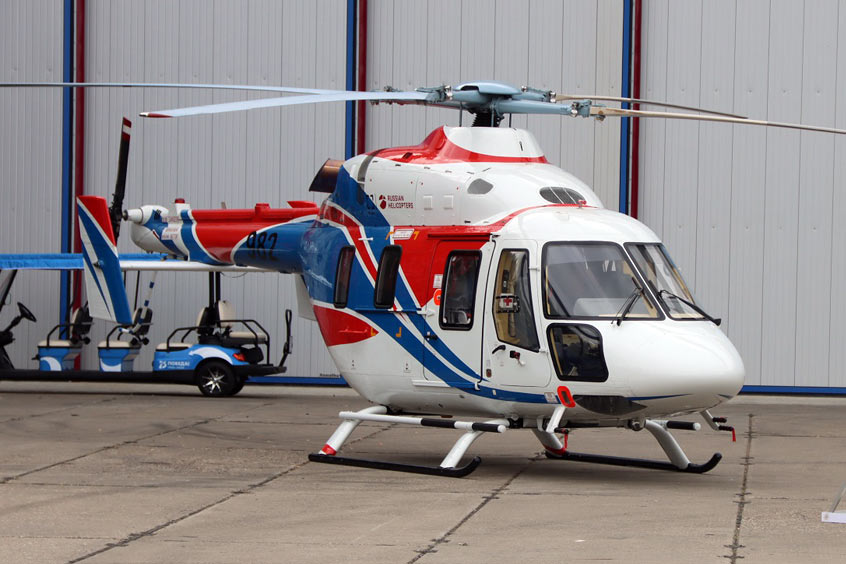ACE 2026 - The home of global charter.
 The bimonthly news publication for aviation professionals.
The bimonthly news publication for aviation professionals.

Russian Helicopters' Kazan Helicopter Plant has received approval from the Federal Air Transport Agency for changes to the Ansat helicopter's standard design, confirming the possibility of using a new medical module with improved access. In addition, the Russian aviation authority has approved changes to the standard design of the Ansat, enabling the helicopter to be equipped with removable controls for the co-pilot. Both options improve the use of the Ansat helicopter as an ambulance.
The new medical module, manufactured by the Kazan Aggregate Plant, has a modified layout that facilitates loading and unloading a patient. Now this process has become more convenient thanks to the use of standardised stretchers, equipment and gurneys. All manipulations for loading and unloading the patient can now be performed by one medical worker. The patient can be moved from the helicopter to the ambulance without additional transfer, and even a short-term shutdown of life-support devices does not occur, which significantly reduces the risks for the patient during transportation.
“A medical module with the increased convenience of loading a patient will be installed in Ansat helicopters as an option. Additional guides will appear on the ceiling in the helicopter cabin to which medical equipment and lighting systems can be attached and moved in the most optimal way in relation to the position of the patient during the evacuation process. The previous version of the medical module will also continue to be available to customers. Both modules have their own advantages, depending on the tasks set,” says MD of the Kazan Helicopter Plant Yuri Pustovgarov.
The Federal Air Transport Agency has also certified the use of removable controls for the co-pilot on the Ansat helicopter. This configuration allows both technical and flight personnel to dismantle quick-release levers and pedals from the co-pilot's seat in a few minutes without using a tool and remove them to specially equipped attachment points. As the Ansat can be operated by one pilot, it is now possible, thanks to this innovation, to accommodate an additional passenger in the cockpit if necessary. This option is especially relevant in medical aviation, when an accompanying person or another paramedic needs to be taken on board the helicopter with the patient.